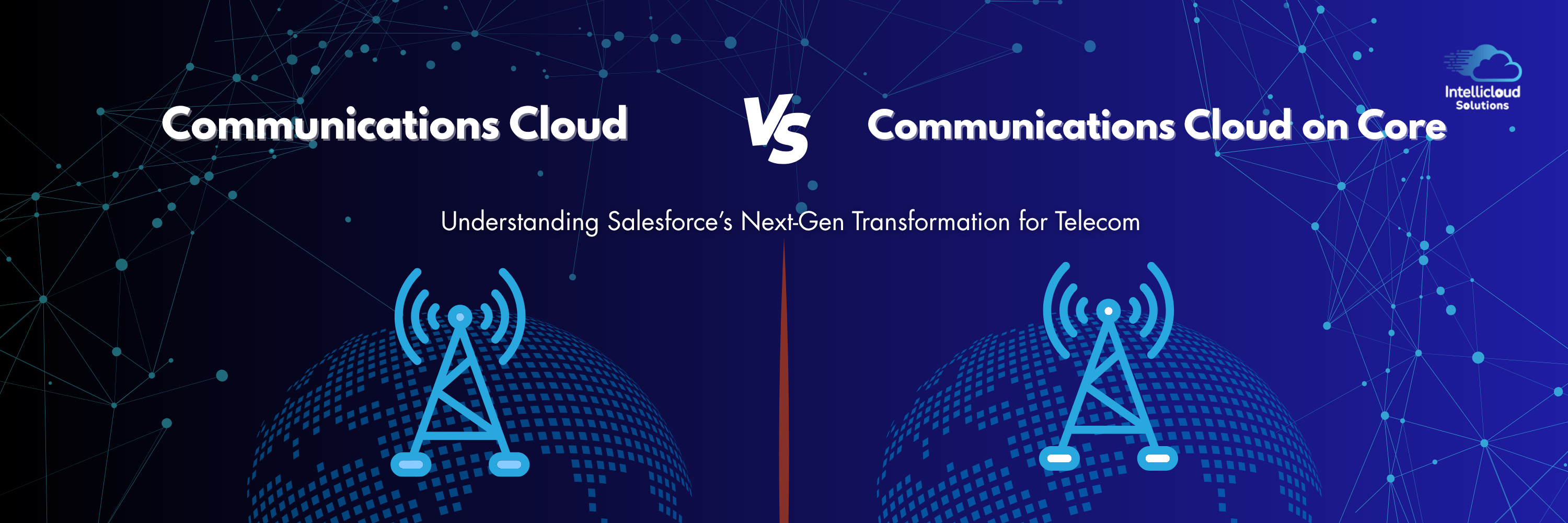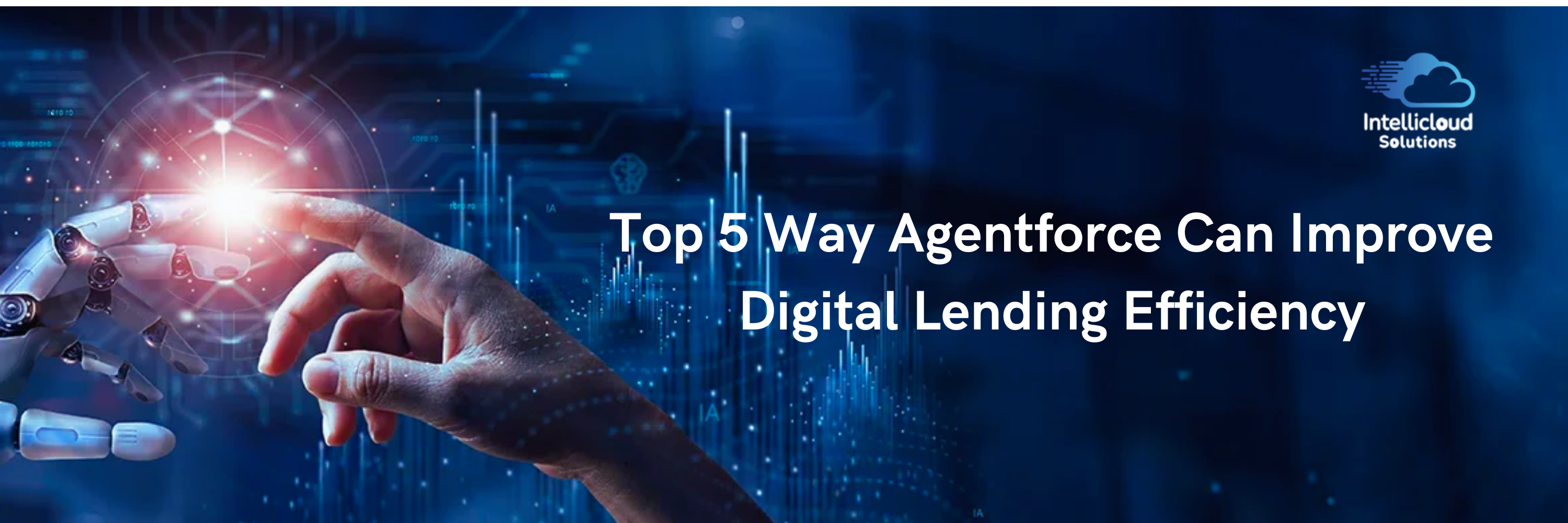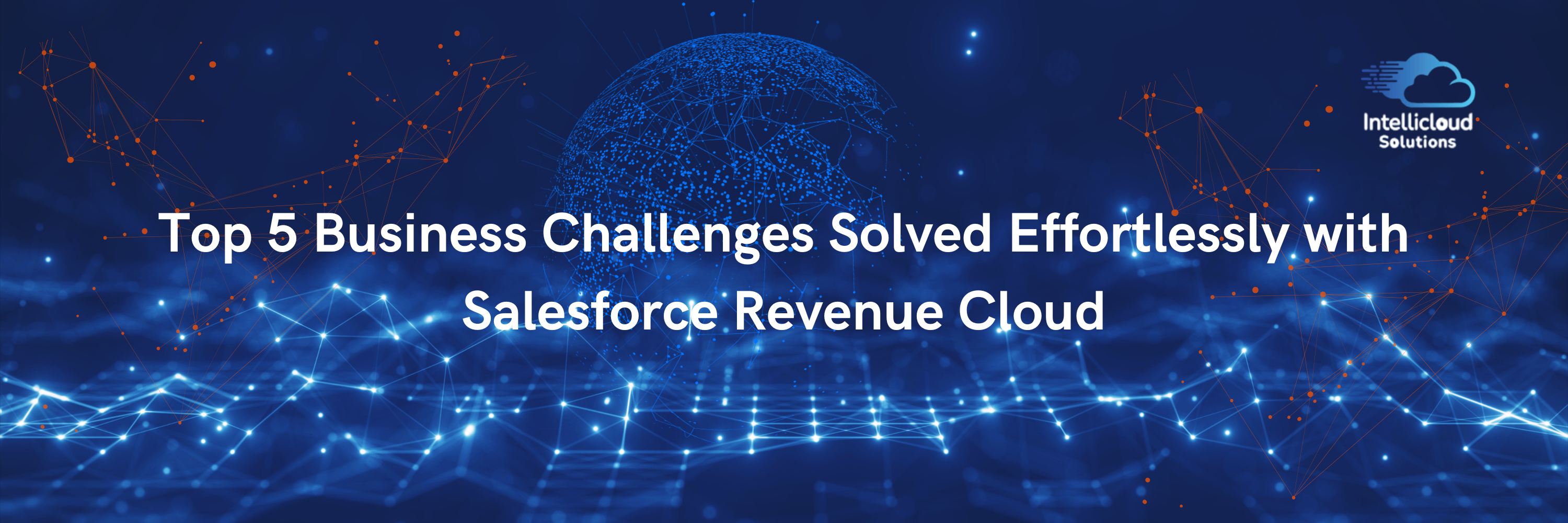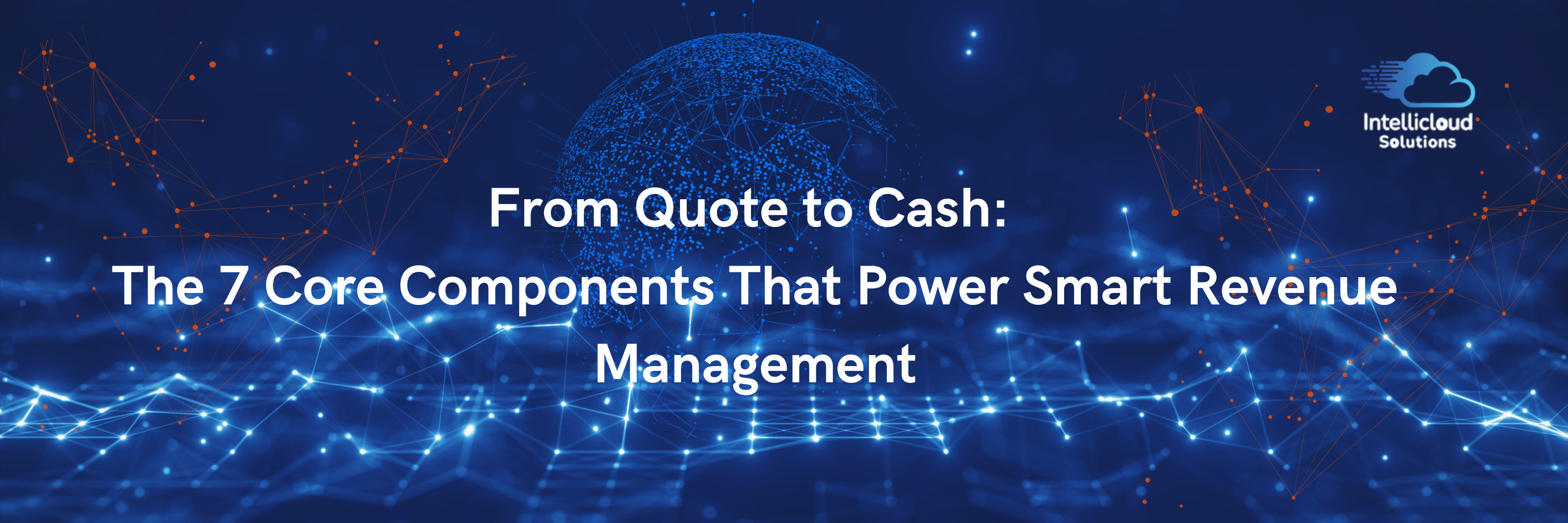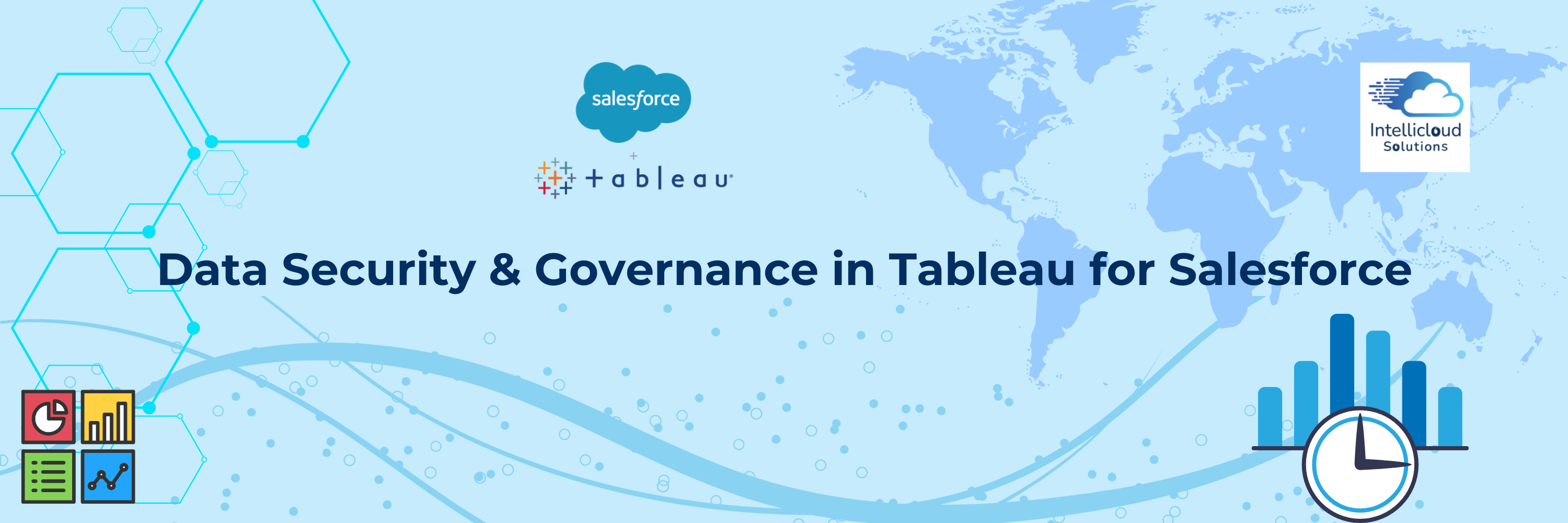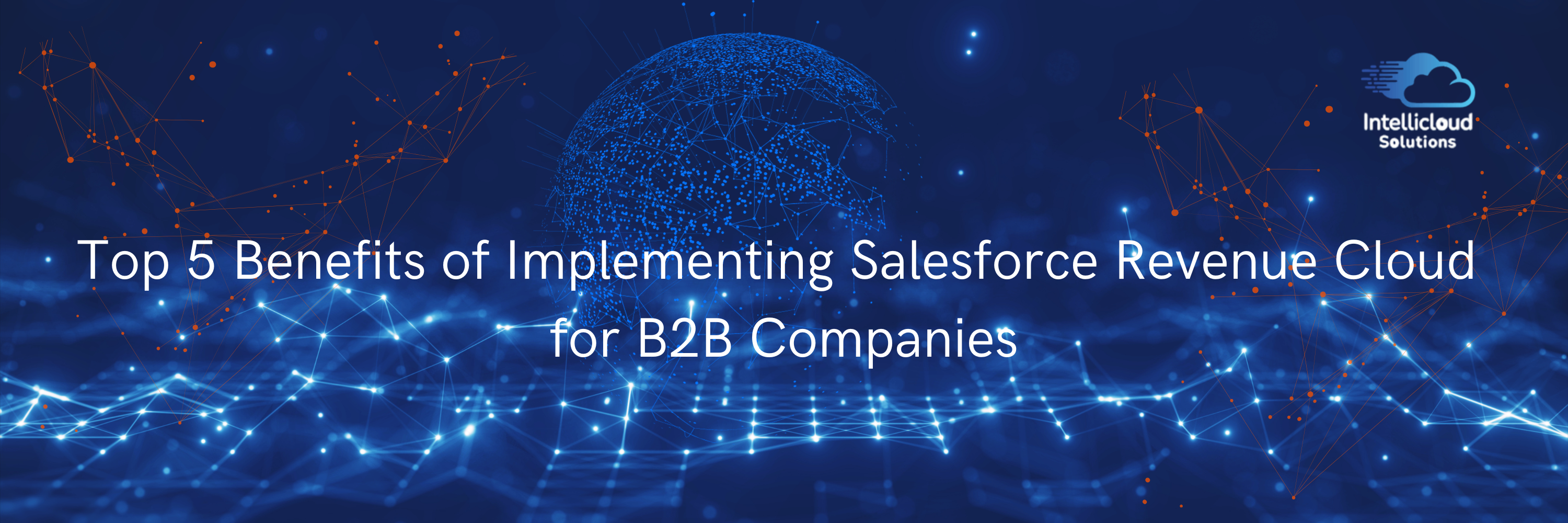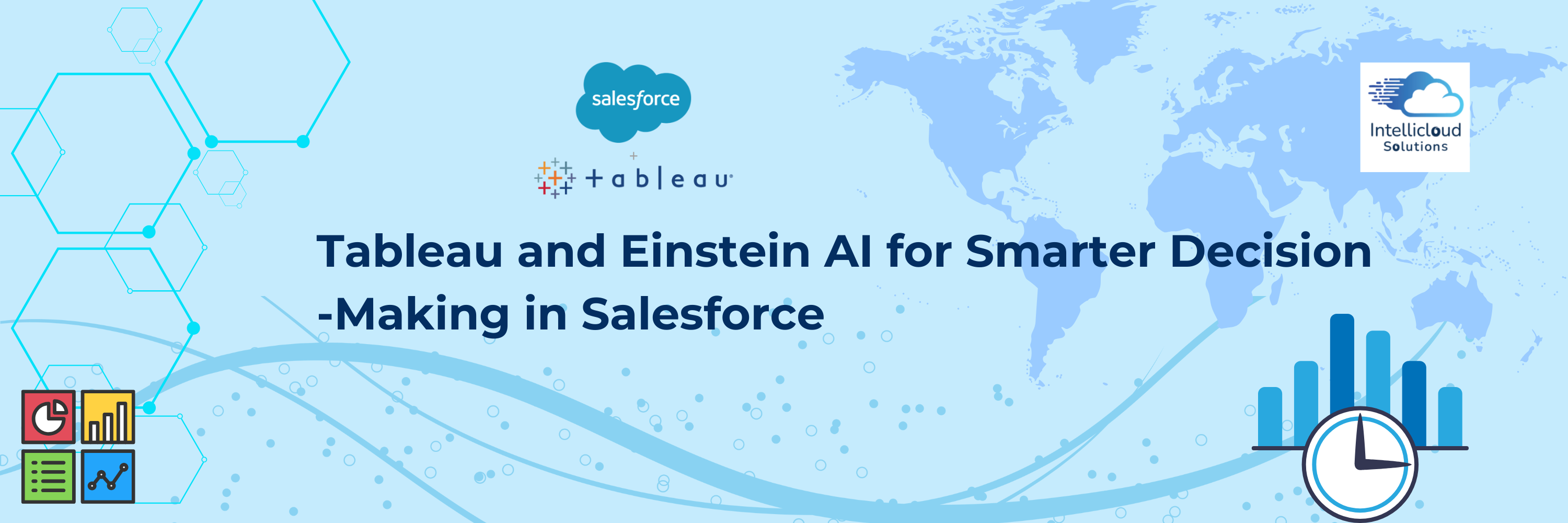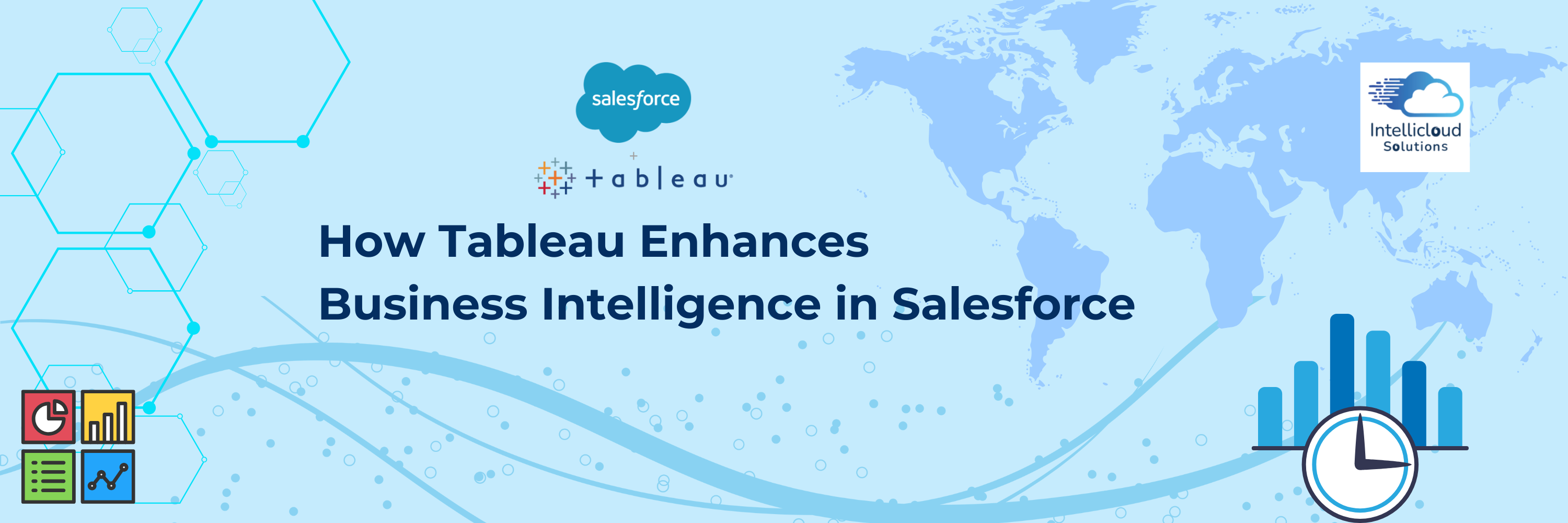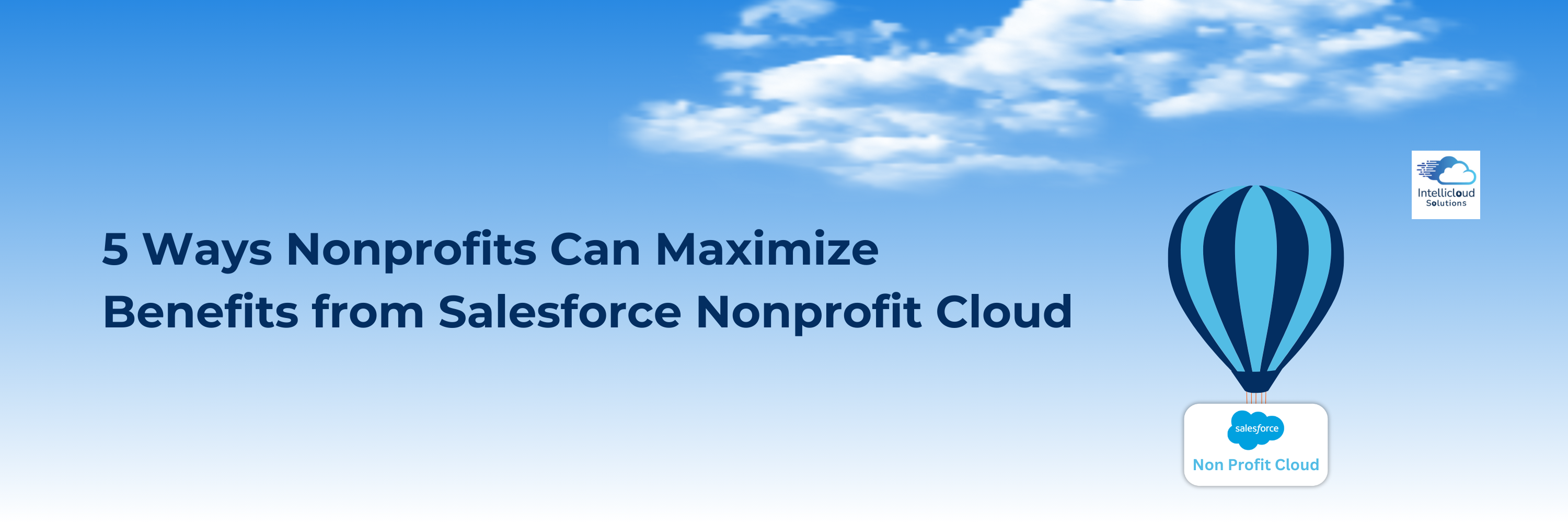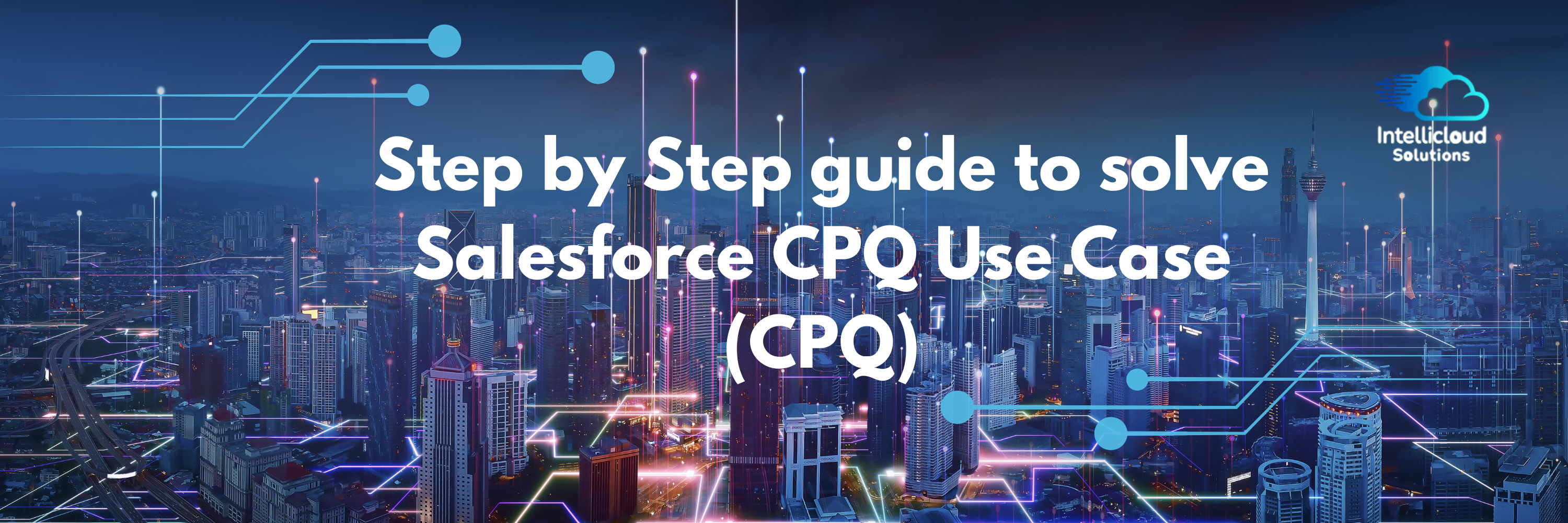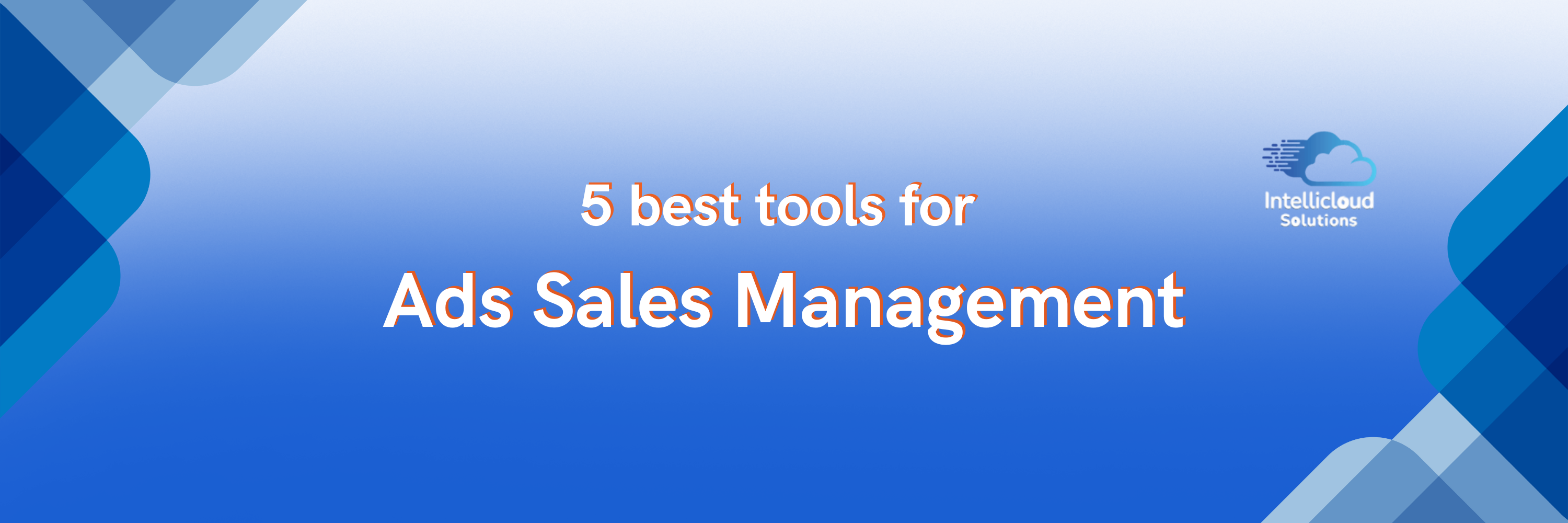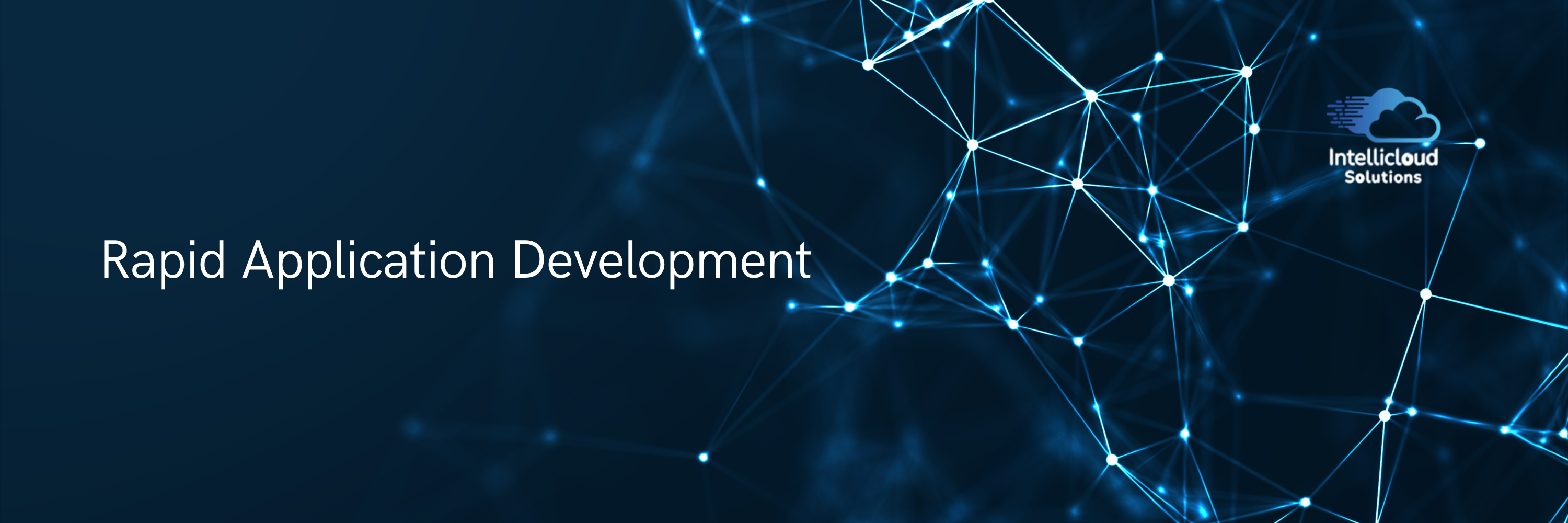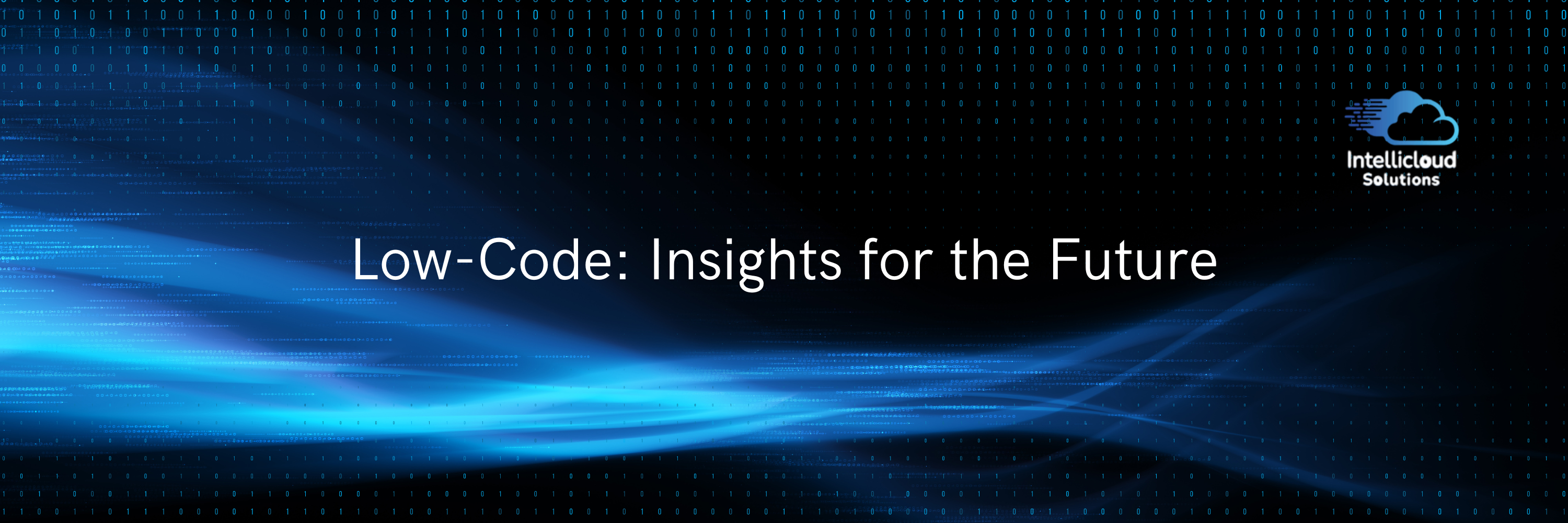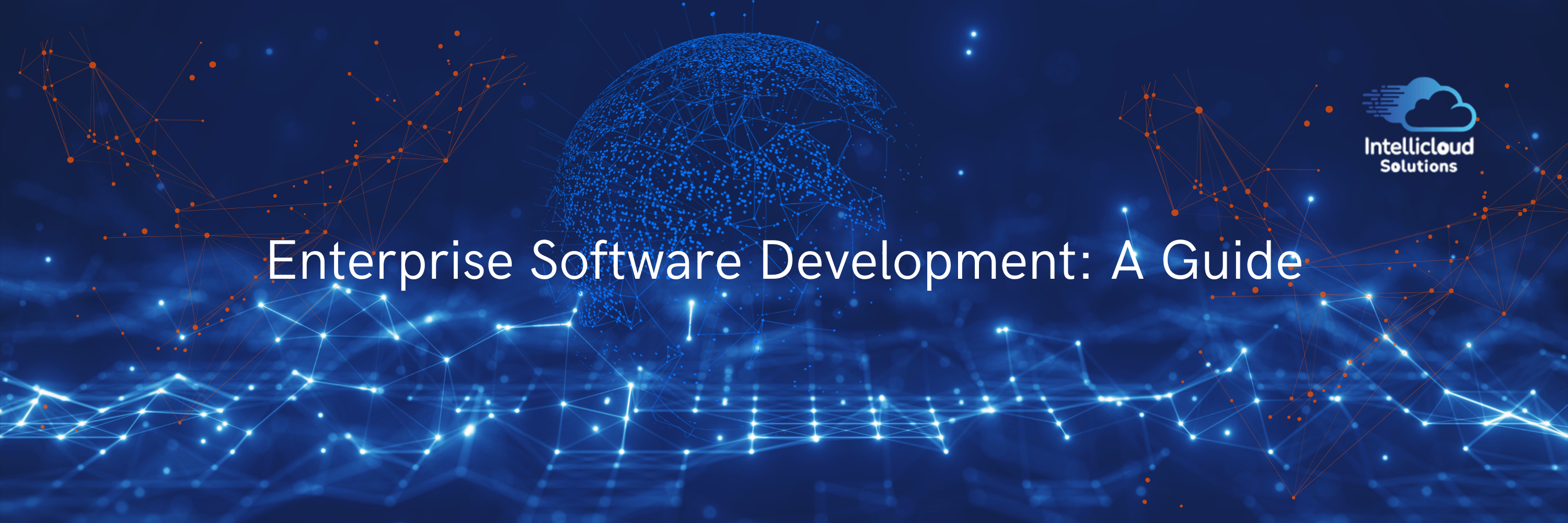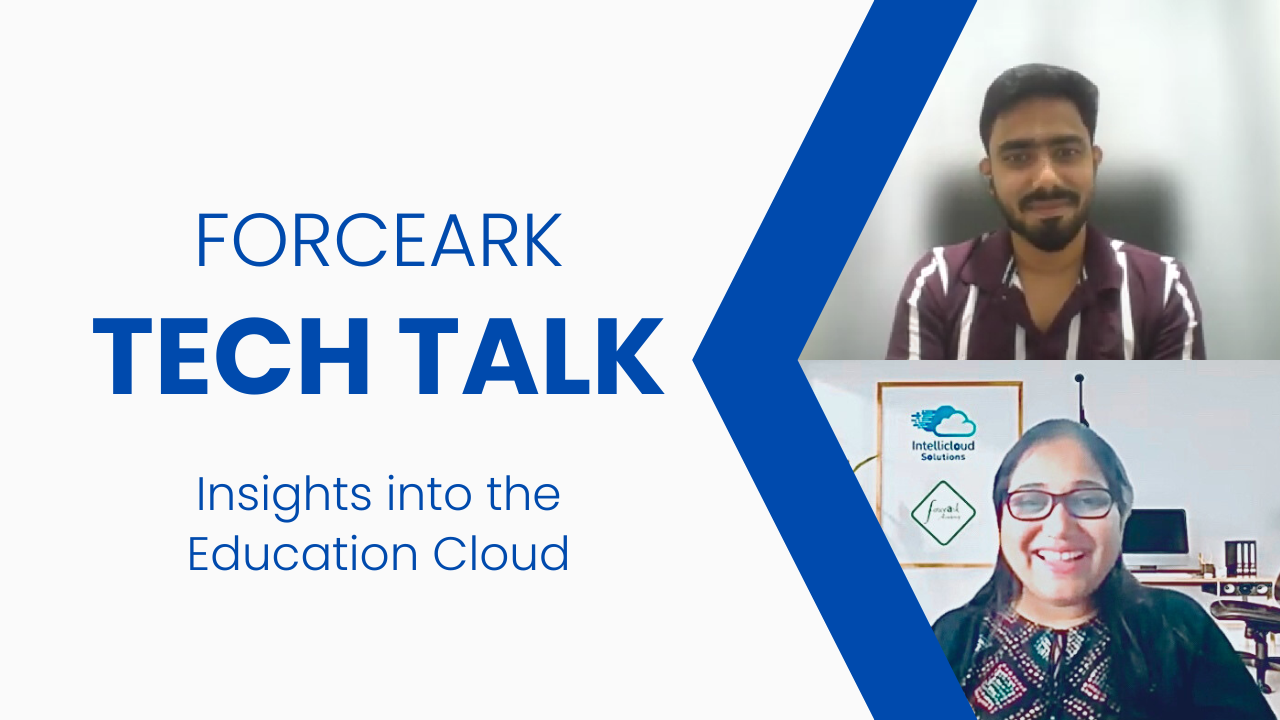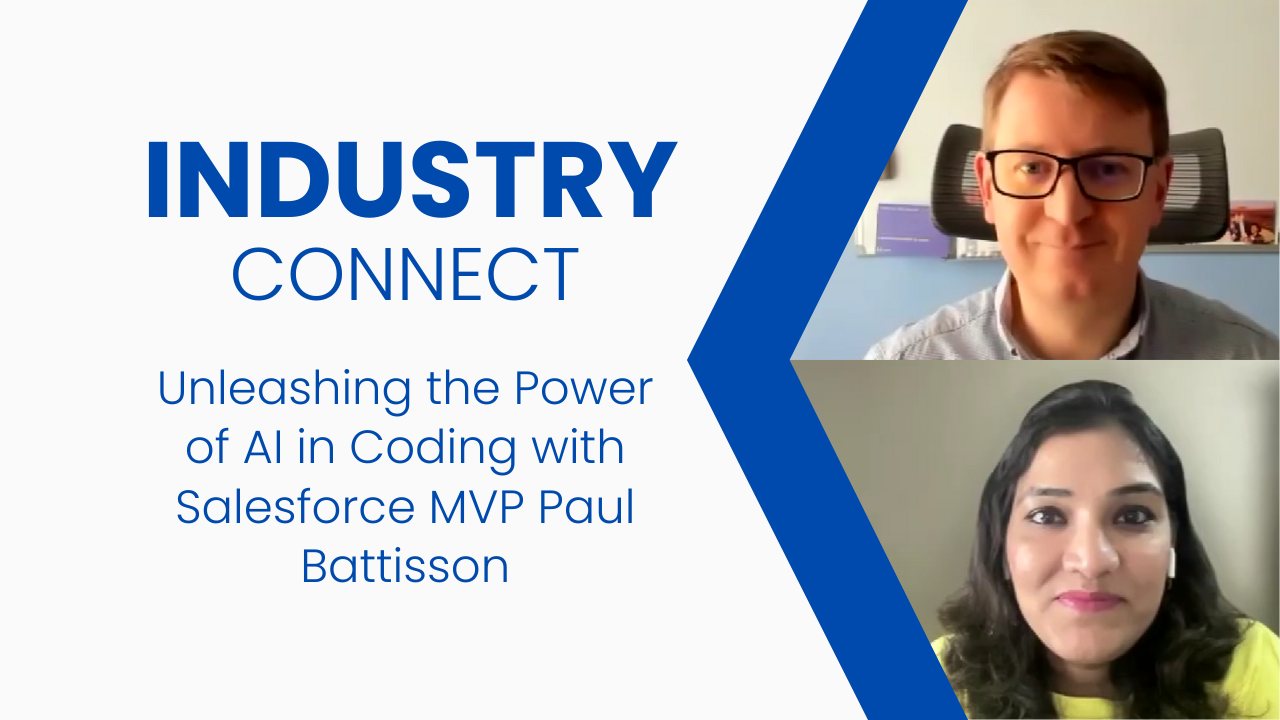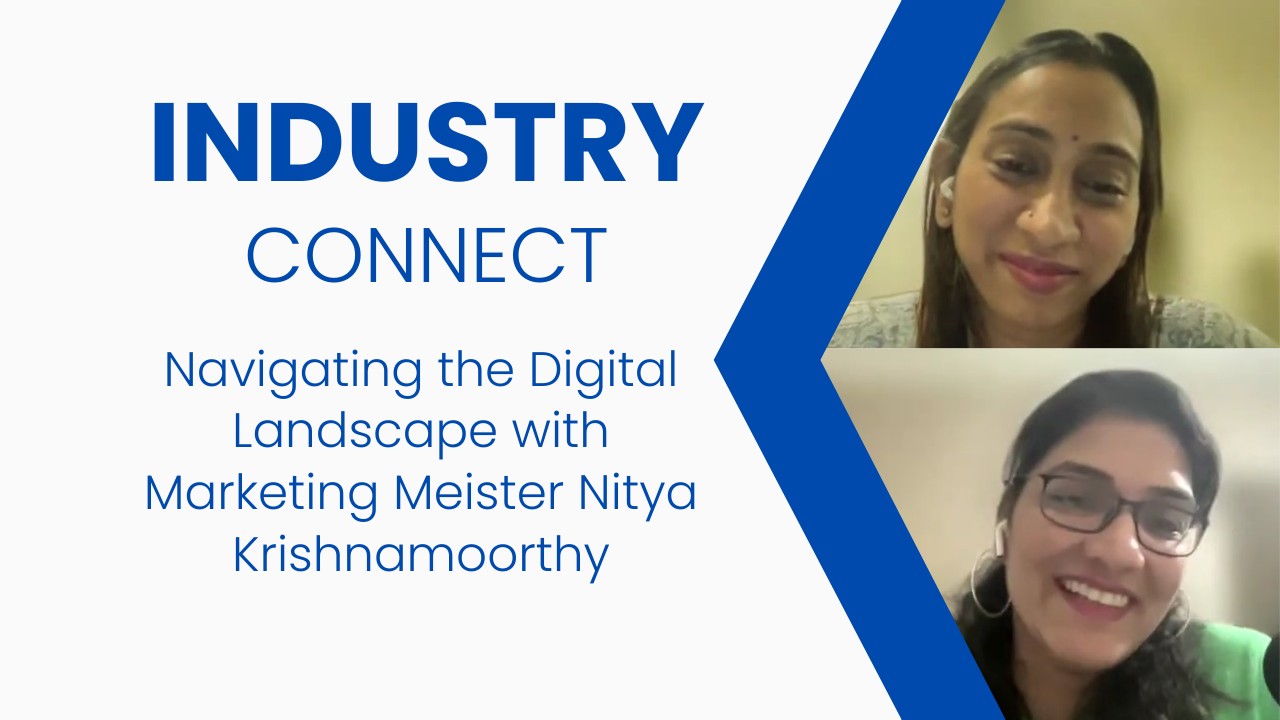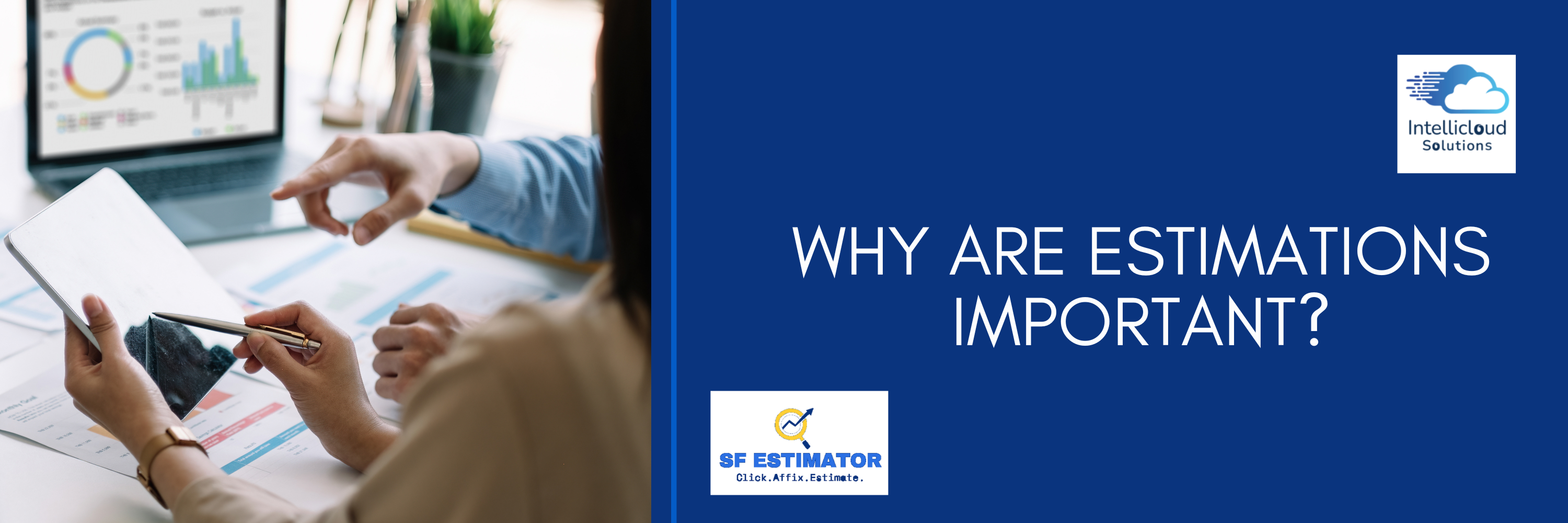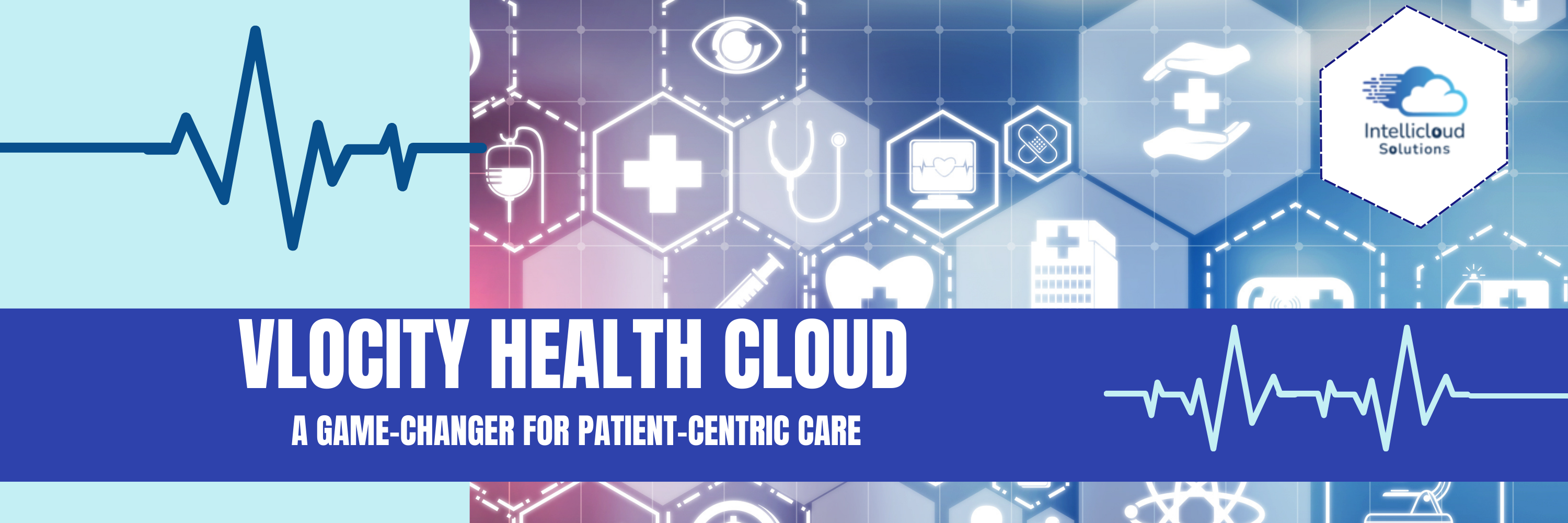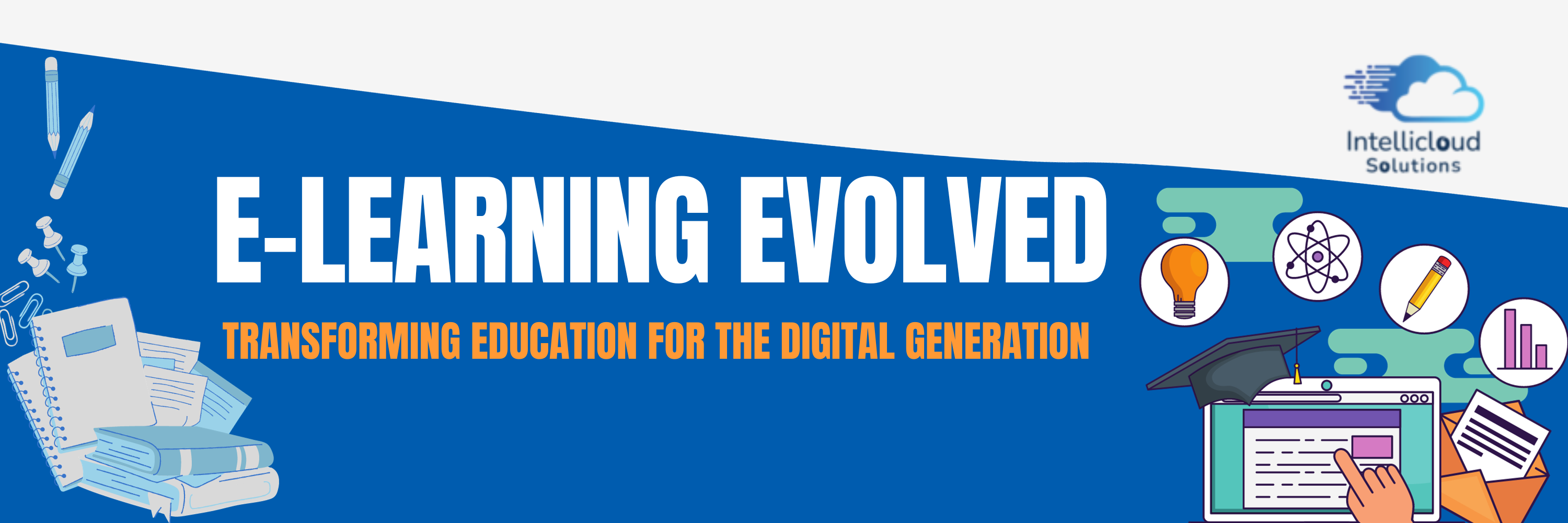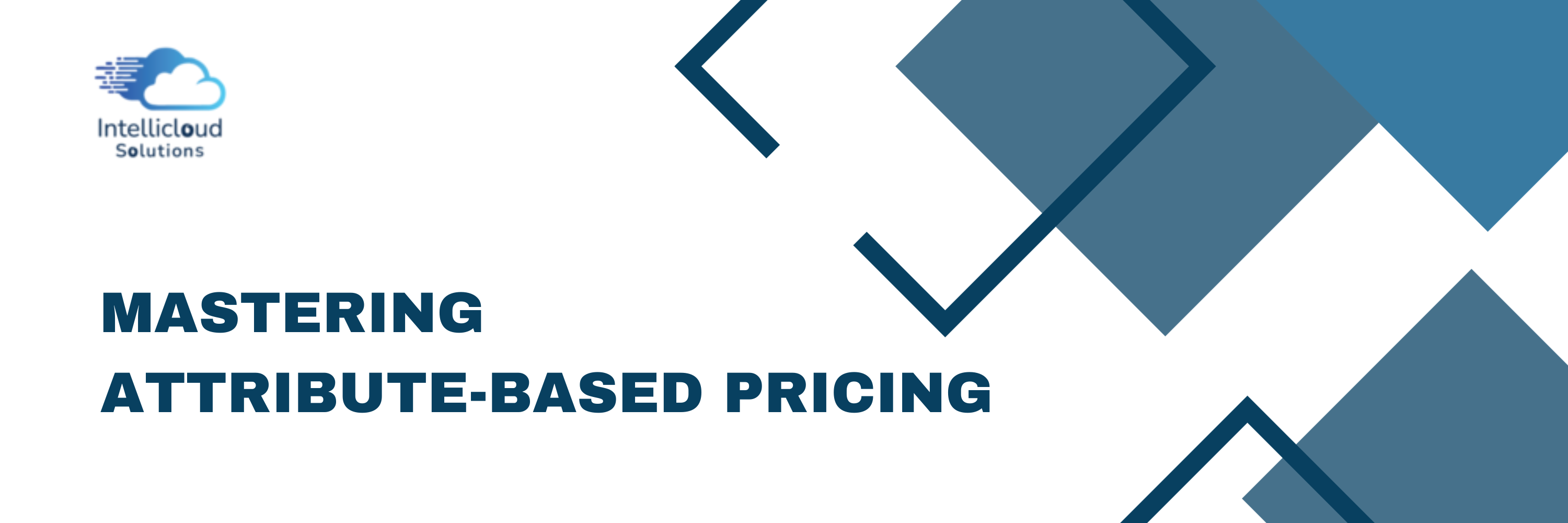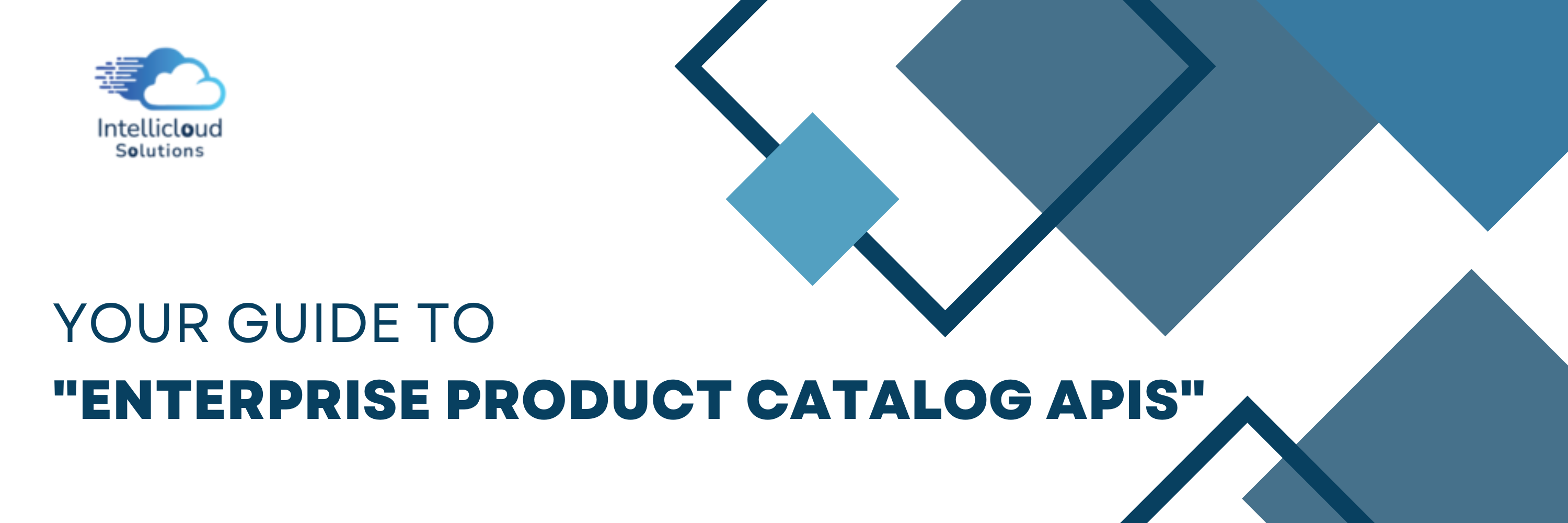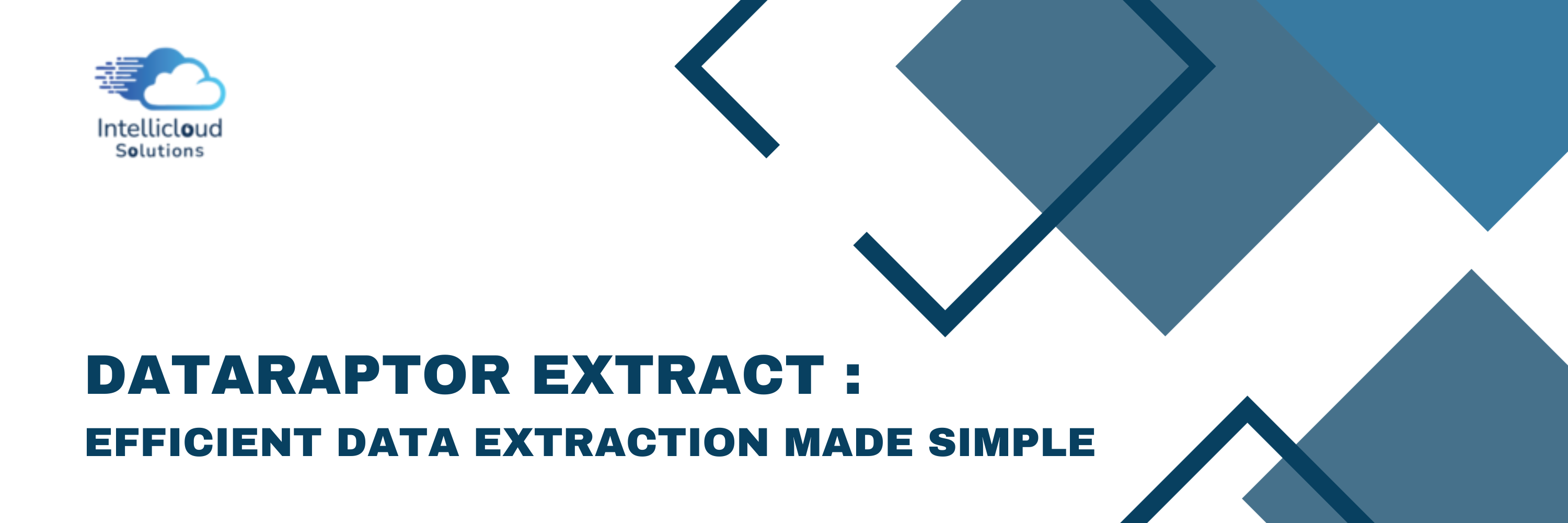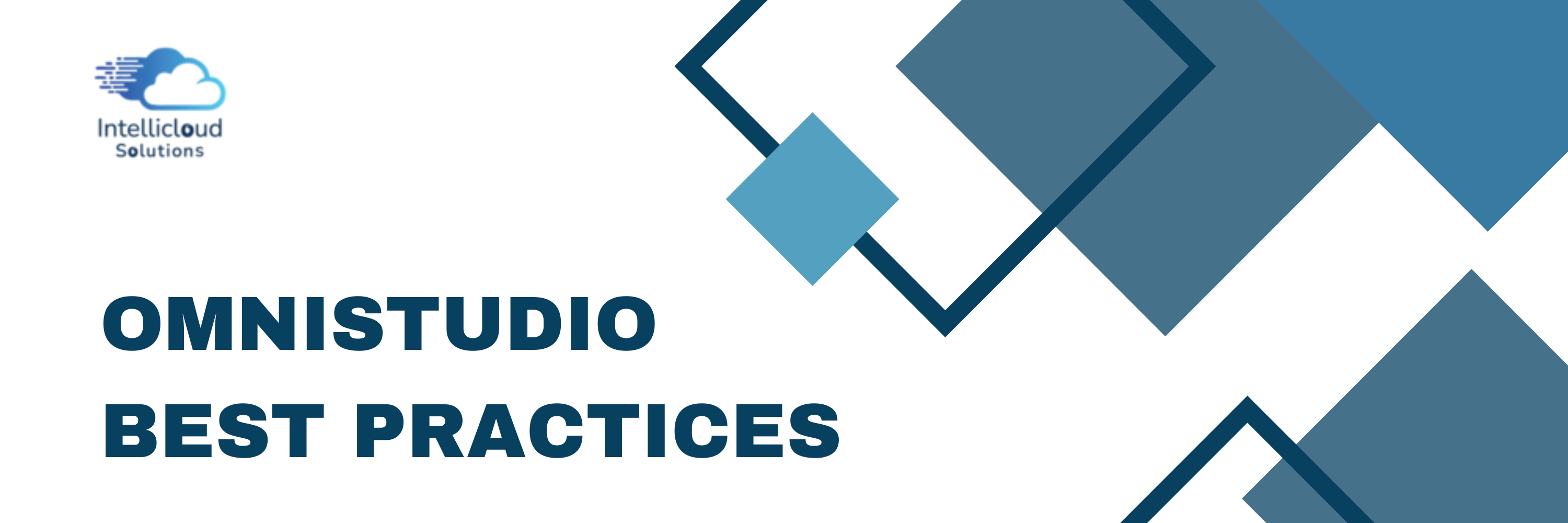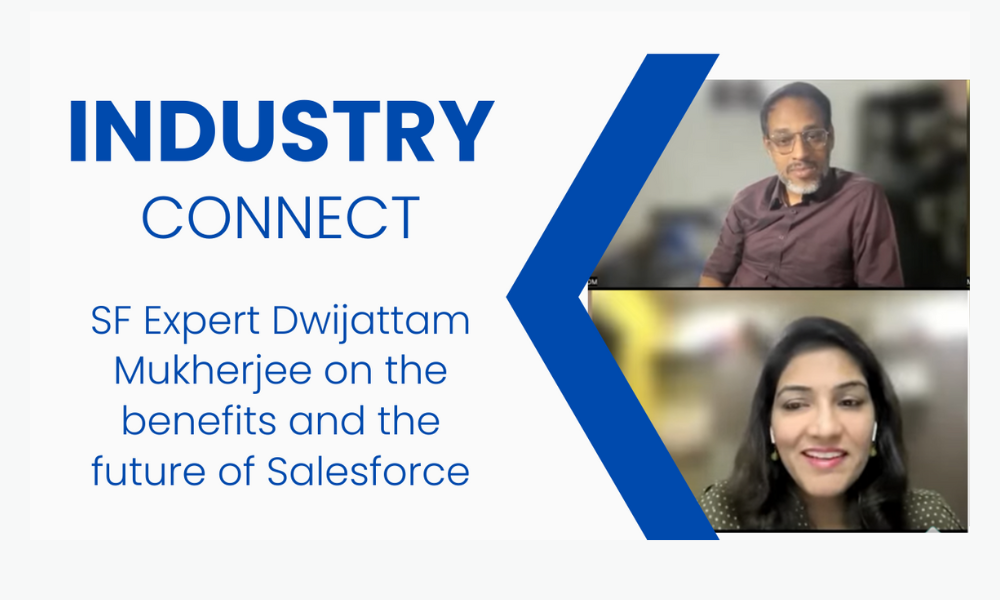Government agencies handle huge amounts of data every day—from budgets and policies to citizen services. But data is useful only if it is accurate, accessible, and easy to understand. That’s where Tableau-Salesforce integration comes in.
By combining Salesforce’s CRM capabilities with Tableau’s powerful analytics, governments can improve transparency, accountability, and decision-making. This helps leaders monitor public services, budgets, and citizen needs in a clear, data-driven way.
What is Data Transparency?
Data transparency refers to the practice of making data open, accessible, and understandable to relevant stakeholders. It ensures that information is shared honestly and clearly, allowing users to see how, why, and where data is collected, used, and managed.
Data transparency is essential for trust, especially in industries like finance, healthcare, and AI-driven technology. It promotes ethical data usage and helps prevent misinformation, ensuring fairness for individuals and businesses alike.
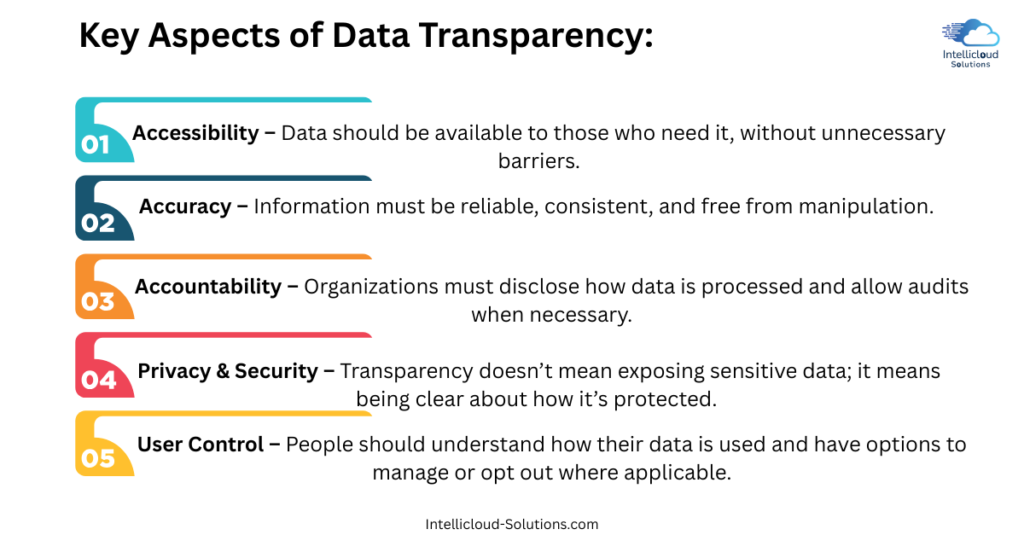
Why Data Transparency Matters in Government?
Data transparency builds trust and efficiency in public services. Here’s why it is crucial:
- Better decision-making – Governments can track public service trends, monitor budgets, and optimize policies.
- Accountability in spending – Clear financial reports ensure taxpayer money is used wisely.
- Public trust – Open dashboards let citizens see government performance and access important information.
How Tableau-Salesforce Helps Governments Track Data
By integrating Salesforce data with Tableau dashboards, governments can get real-time, interactive reports on public services.
Live dashboards
Officials can monitor service requests, budgets, or emergency response times instantly.
Automated reports
Reduces human error and keeps data fresh with automated updates.
Public portals
Citizens can access dashboards showing government actions and performance.

Best Practices for Keeping Government Data Accurate
Ensuring clean and accurate data helps governments operate efficiently and avoid mistakes.
- Standardize data formats – Keep numbers, dates, and values consistent in Salesforce and Tableau.
- Automate updates – Set up regular data refreshes to avoid outdated reports.
- Manage access control – Protect sensitive data while allowing public access to key metrics.
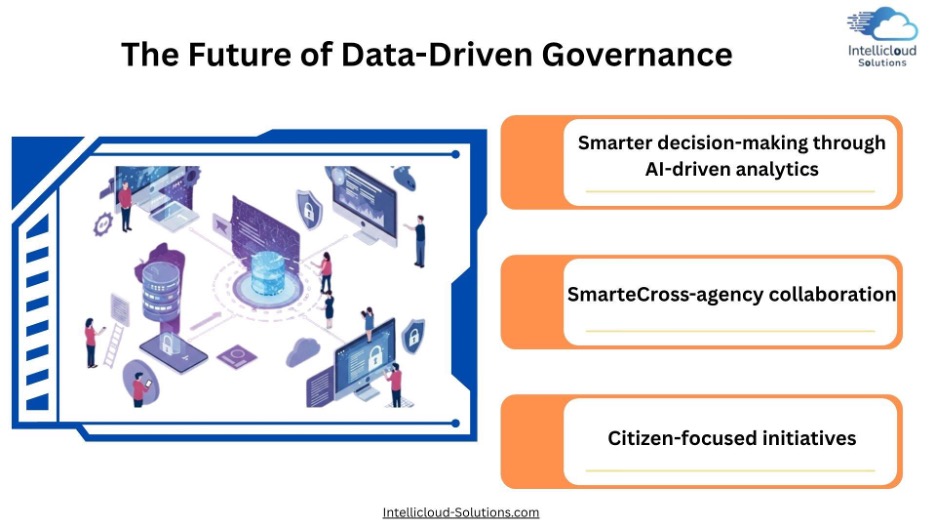
Governments must embrace digital transformation to keep up with growing citizen demands. Tableau-Salesforce integration enables:
- Smarter decision-making through AI-driven analytics – Predicting public service demand to optimize resource distribution.
- Cross-agency collaboration – Government departments can share data effortlessly, improving coordination.
- Citizen-focused initiatives – Dashboards allow people to track government efforts and submit feedback.
Summary
Data transparency is essential for good governance, ensuring resources are used efficiently and decisions are based on accurate insights. Tableau-Salesforce integration helps governments analyze public service trends, automate real-time reports, and build public trust by making performance data accessible. By adopting data-driven solutions, agencies can create smarter, more responsive policies that truly benefit citizens.
Transform public sector data into actionable insights effortlessly. Ready to innovate? 📞 Contact Intellicloud-Solutions today and start leveraging Tableau for smarter, more efficient decision-making.
